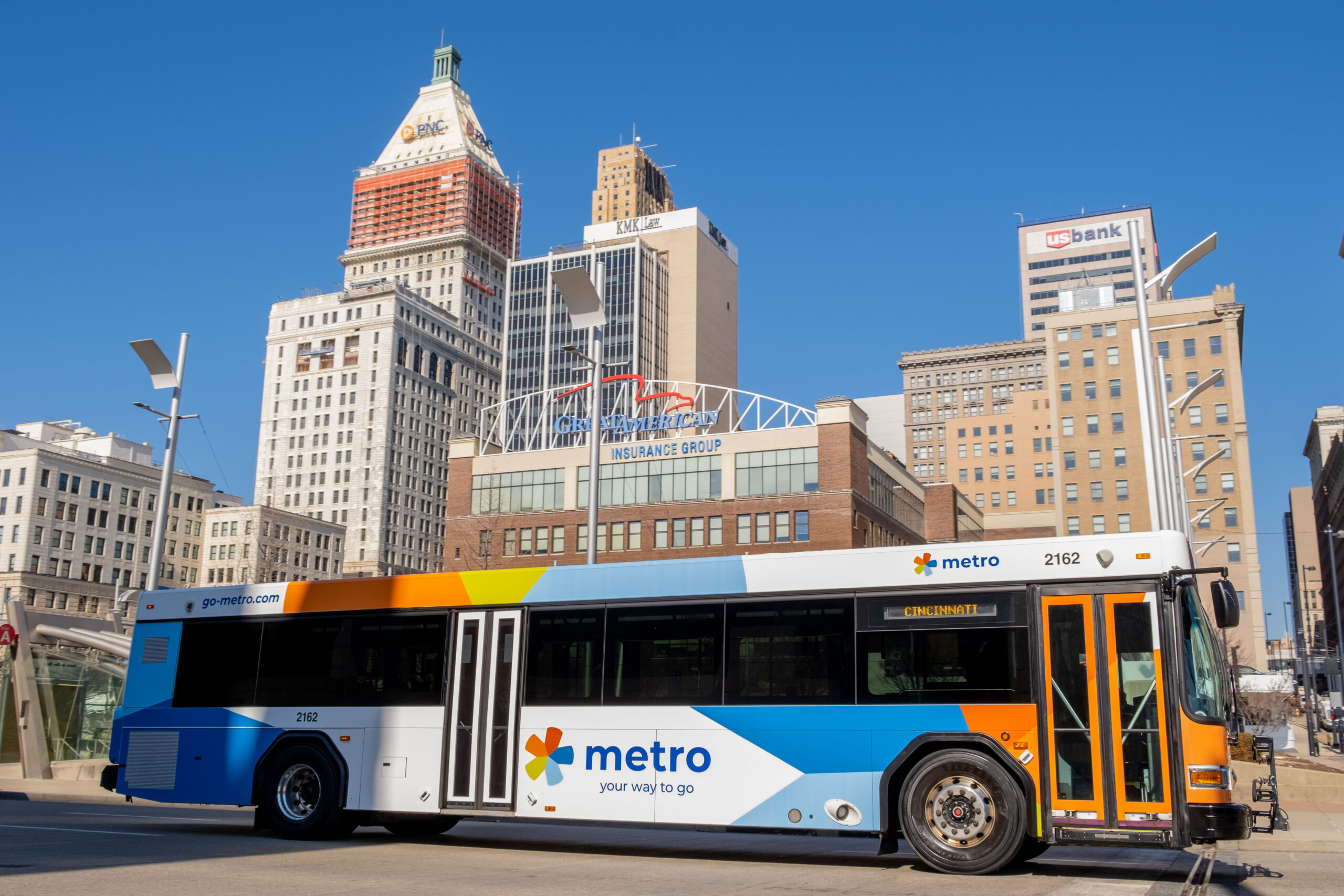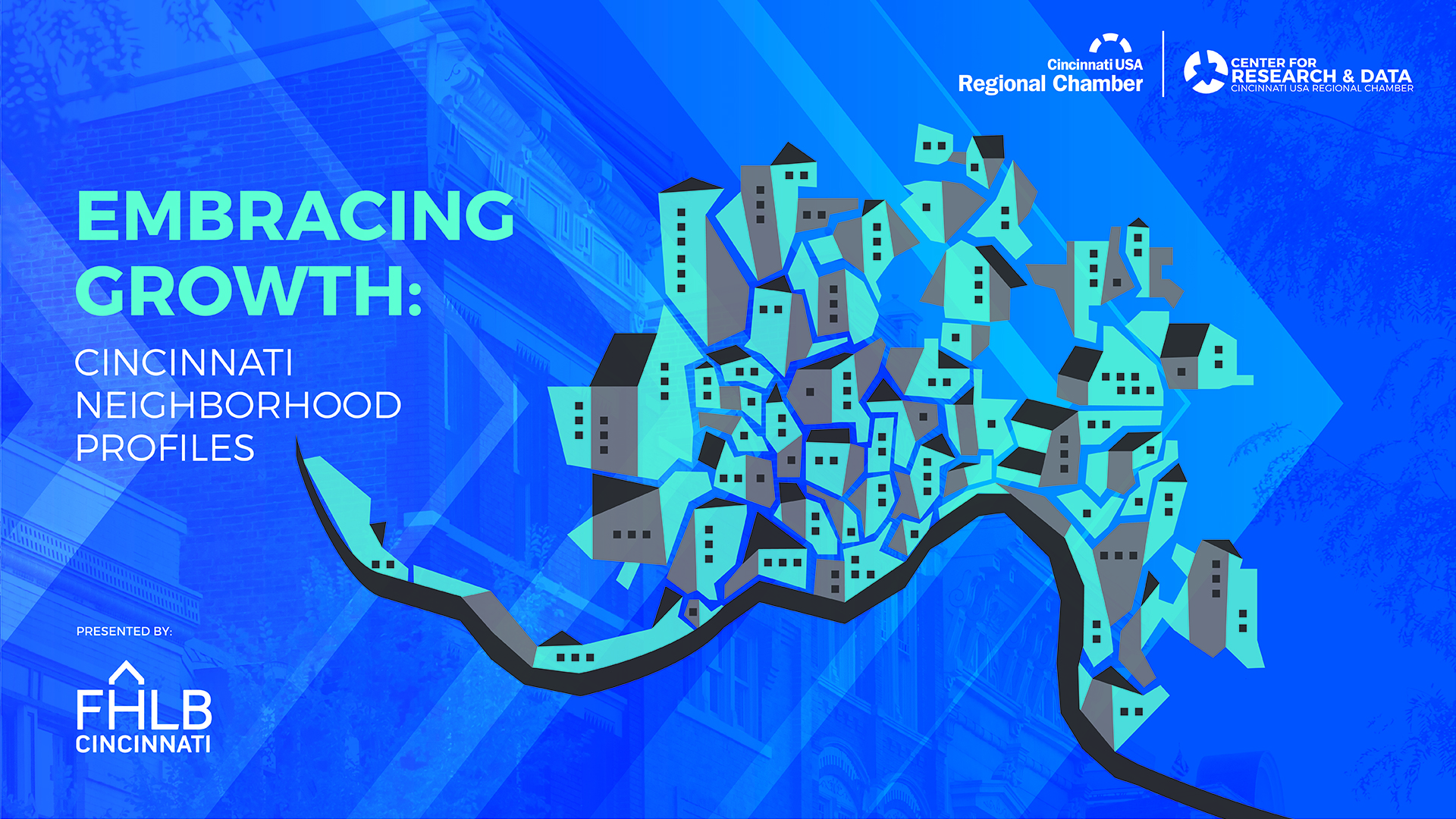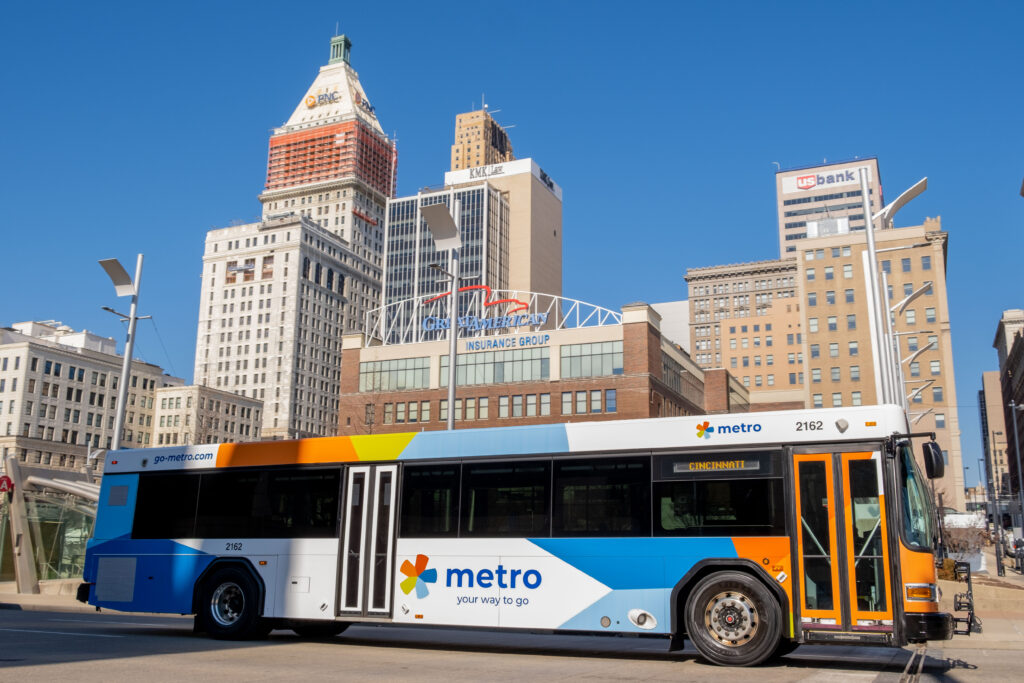By Barry M. Horstman, Cincinnati Post staff reporter
John T. Murphy always planned to be an entertainer. It’s just that, in the beginning, he expected to be performing in front of the camera, not behind it deciding what people here and across the country saw.
A drummer in his youth, Murphy was part of a dance band that played the clubs in New York City – and dreamed of bigger things. When those opportunities did not materialize, Murphy instead began a career as a broadcasting pioneer responsible for shaping WLW-T (Channel 5) in a period when Cincinnati TV ranked with that of New York and Los Angeles.
As a top executive at Channel 5 and its parent company, Avco Broadcasting Corp., Murphy helped redefine the modern TV talk show by putting an unknown named Phil Donahue on the air in Dayton. He lured TV funnyman Paul Dixon from WCPO to Channel 5, where his live 90-minute morning show spawned imitators across the nation and provided childhood inspiration to comedians from David Letterman on down.
Before reaching WLW, Murphy already had touched the lives of nearly every Baby Boomer in America by discovering Buffalo Bob Smith and Howdy Doody in the 1940s. As a station relations representative for NBC, Murphy caught Smith’s act in Buffalo, N.Y., and persuaded the network to bring him to New York City, where Smith and Howdy filled a TV programming void for children. Smith and Murphy would remain lifelong friends, often golfing together after Murphy retired and moved to Fort Lauderdale, Fla.
The youngest of five children, Murphy was born in the Bronx in June 1913. When his dreams for a career as a drummer evaporated – ”Thank God!” his daughter says – Murphy got his start in broadcasting by working as a page at NBC in New York City while attending Fordham University.
After graduating, he held a variety of sales and executive positions with NBC, where one of his assignments was negotiating WLW-T’s first contract with the network.
In 1948, when Crosley Broadcasting – the predecessor to Avco – was preparing to put WLW-D on the air in Dayton, Murphy ended his 18-year career with NBC to become the new station’s general manager.
Less than a year later, he was transferred to the company headquarters in Cincinnati and placed in charge of its growing television operations, which then also included a station in Columbus. Later, after Crosley was bought by Avco, TV stations in Indianapolis, Atlanta and San Antonio were added, along with radio stations in San Francisco, St. Louis, San Antonio and Washington, D.C.
Murphy, meanwhile, climbed through the ranks at Avco, rising from vice president in charge of TV operations in 1959 to executive vice president in 1962 and, finally, president in 1963.
Like other TV pioneers who weren’t quite certain what to do with the exhilarating but puzzling new medium, Murphy relied heavily on live programs in the early days – producing, at one point, more live local programming on WLW than any other station in the country. Murphy relied on trial and error in his early programming picks, governed by one simple but immutable principle: Anything was better than dead air time.
”I felt in those early days of television that if people were going to become viewers, we had to give them something to watch,” he said. ”So we gave them live local programming with Ruth Lyons, Rita Hackett, Al Morgan, Burt Farber, Ramona, Al Helfer, Peter Grant and Howard Chamberlain.”
Beyond the ”Paul Dixon Show” and Ms. Lyons’ ”50-50 Club,” other popular WLW shows during Murphy’s tenure included ”Midwestern Hayride” and ”Country Store,” with Bob Shreve and Willie Thall. Murphy also was instrumental in establishing WCET (Channel 48), the nation’s first educational television station.
Clyde Haehnle, who worked with Murphy at WLW, said he had ”an innate ability and instinct for picking talent” at a time when executives were inventing TV programming with little from the past to guide them.
”Being a quasi-musician, he had a little bit of show-biz in himself,” Haehnle said. ”His forte was recognizing what would work.”
In a business where time was the most precious commodity, Murphy was a fanatic about promptness. ”You’d never consider walking in two minutes late for a meeting he called or you’d have your head handed to you,” Haehnle said. ”If he called a meeting for 11:34 a.m., you’d better be there at 11:33:30 or else.” In the 1960s, Murphy bought $550 Pulsar watches for eight top executives – and put Haehnle in charge of making sure they were synchronized with the National Bureau of Standards in Boulder, Colo.
Murphy always said that he was proudest of making Cincinnati ”Colortown USA,” when WLW became the first television station in the nation to broadcast entirely in color. Included in that achievement were a number of other firsts, including the first colorcast of major-league baseball and the first colorcast of night baseball.
Patricia Moore, Murphy’s daughter, often got an inkling of her father’s stature in the industry simply by answering the phone in their Indian Hill home during her childhood.
”I’d pick up the phone and, since you were supposed to be a polite young lady, I’d say, ‘Who’s calling please’? ” recalled Mrs. Moore, who now lives in Anderson Township. ”And the person would say, ‘Bob Hope,’ or another famous name. It made answering the phone very interesting in our house.”
Active in numerous regional charities and civic activities, Murphy was appointed in 1975 by President Gerald Ford to the Board for International Broadcasting, which oversaw the operations of Radio Free Europe and Radio Liberty.
After retiring in 1978, Murphy and his wife spent their winters in Fort Lauderdale and summers in Boone, N.C., where he died at 79 in July 1992.
Murphy’s role in starting WCET did not mean that he agreed with critics who argued that the major networks and their affiliates offered little programming of value – educational or otherwise. ”The do-gooders who claim that TV is bad only join in harmony with a popular cause,” he said in the mid-1970s. ”When you consider the number of hours TV is on the air, it must be doing something right.”
Perhaps that’s because, for nearly three decades at WLW-T, John T. Murphy clearly did a lot that was right.




